-
| Chiavenna |
| Sorico and Gera Lario |
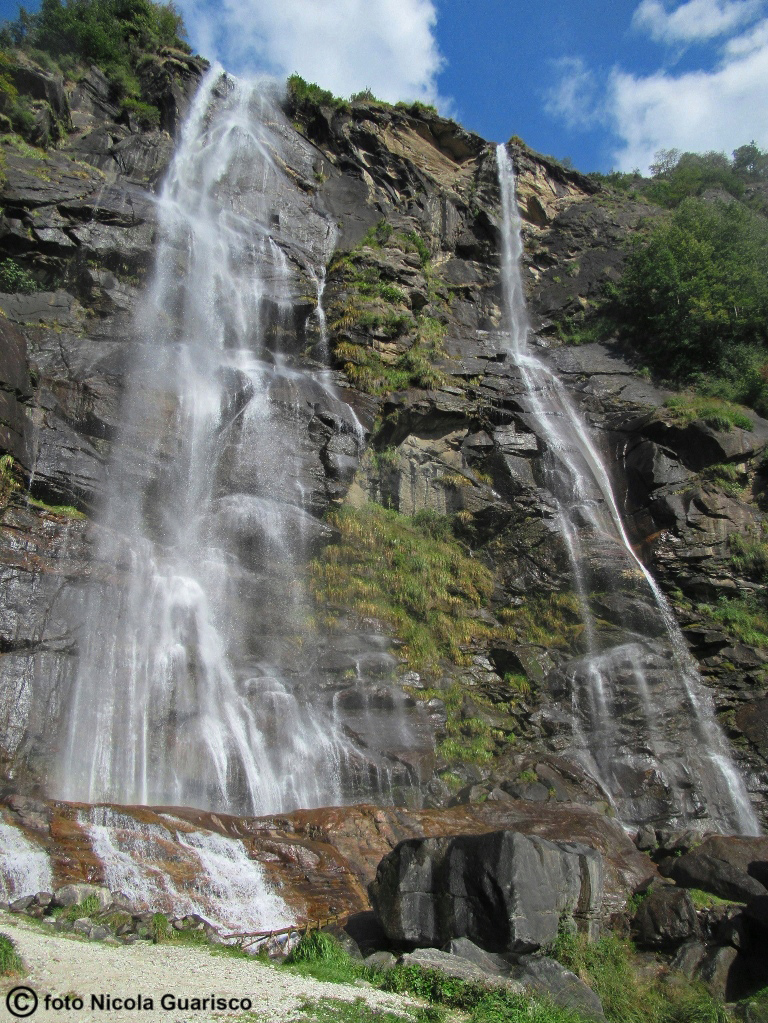
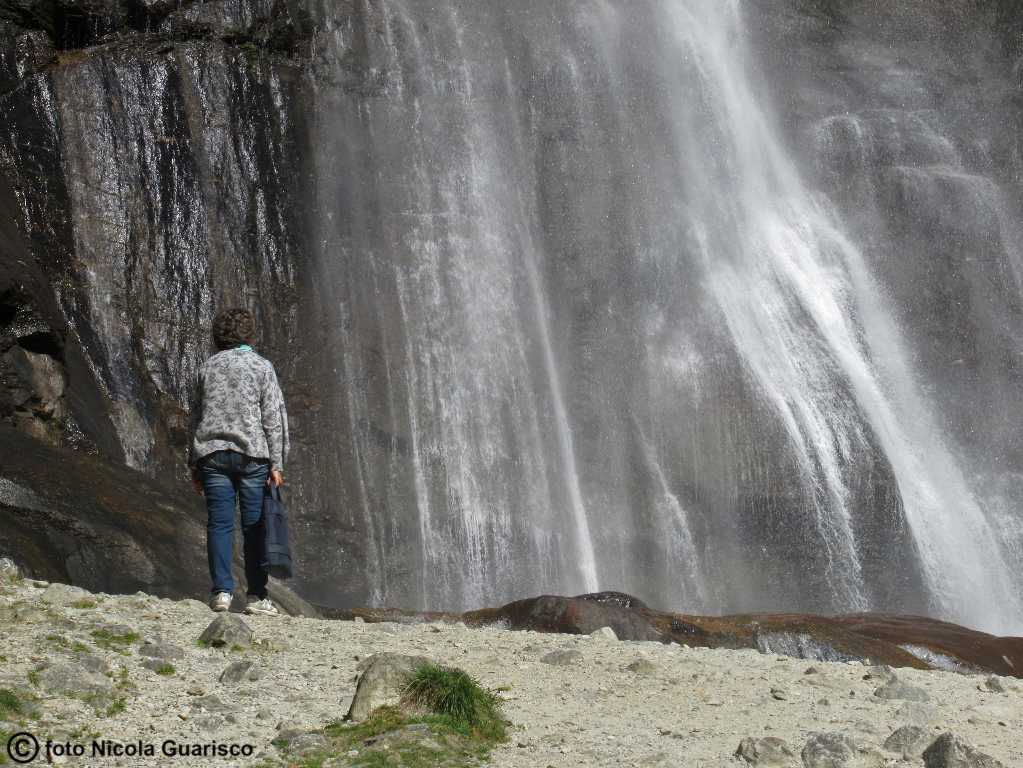 |
|
Our journey towards the discovery of Chiavenna starts from the spectacular waterfalls of Acqua Fraggia, located just north of the town, near the village of Borgonuovo. The stream from which they originate is called |
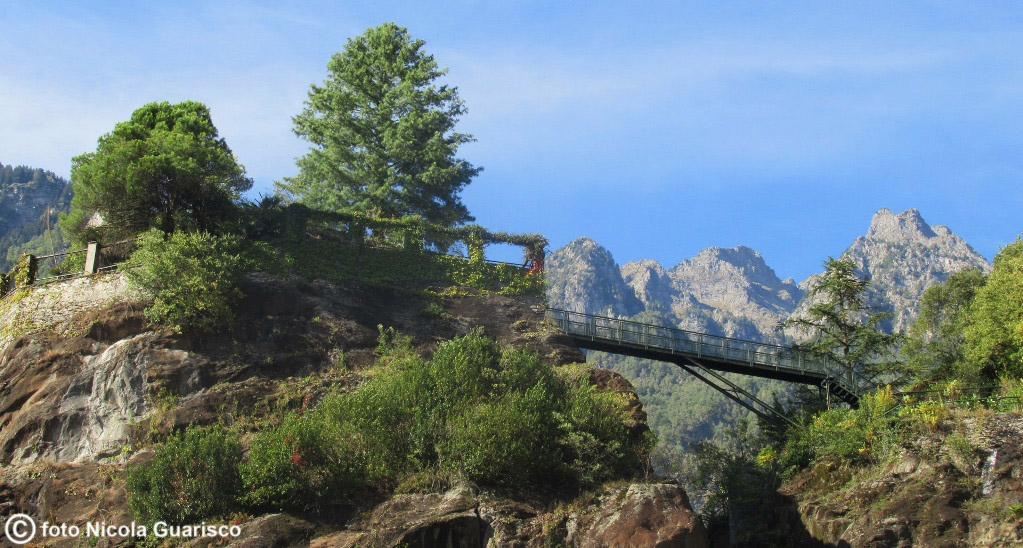 |
|
History and nature intertwine in the botanical garden of Paradiso, which rises on top of two small hills that overlook Chiavenna. The hills are separated by a fissure covered with soapstone used by the ancient Romans as a stone quarry. In the Middle Ages, several watchtowers and a military outpost were known to be located on these hills. A suspension bridge joins the two hills and allows to tread |
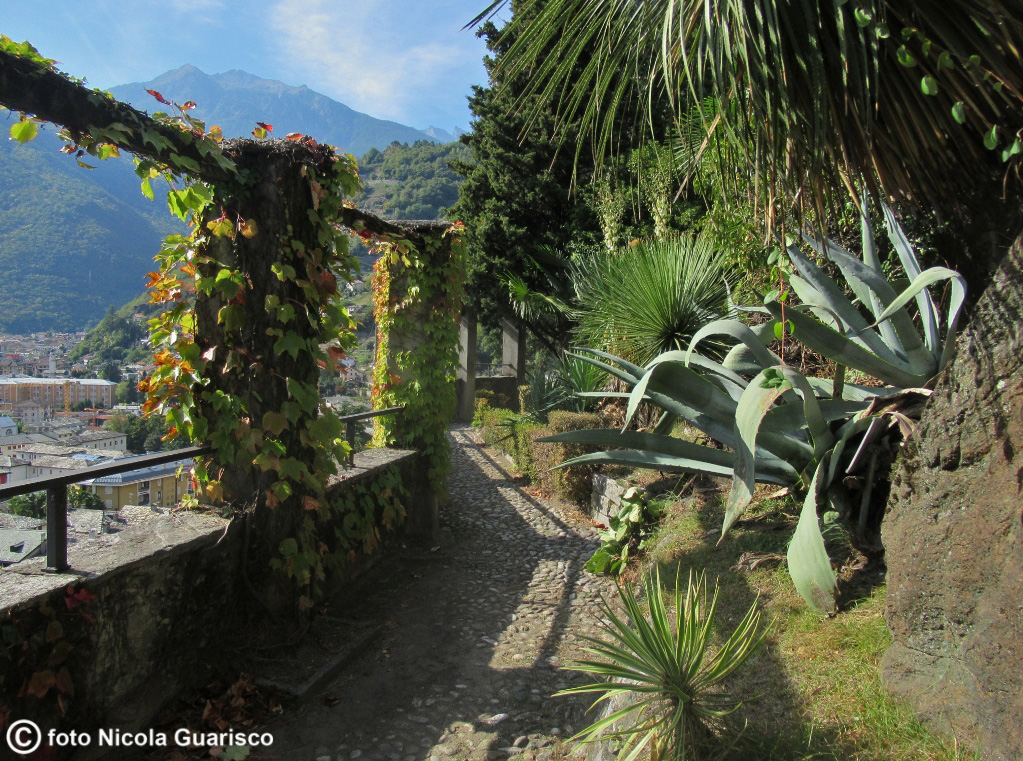
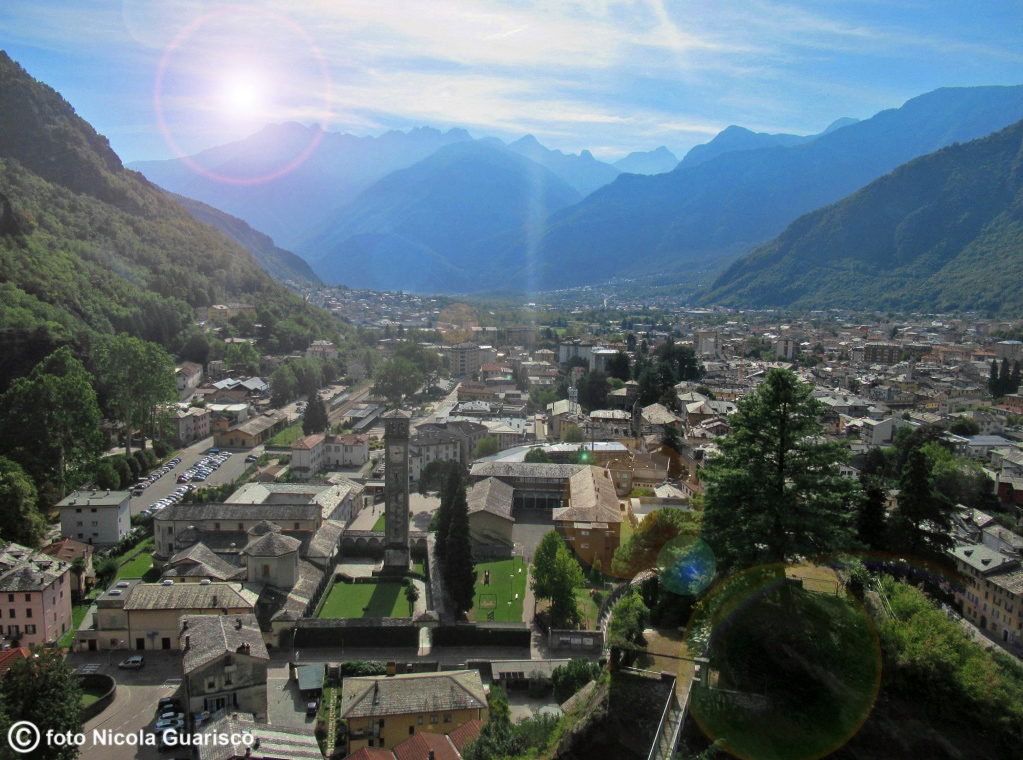 |
|
Chiavenna enjoys a mild climate that facilitates the growth of exotic plants that contrast with the alpine landscape. Right: a view overlooking the town southward. Chiavenna has only 7,500 inhabitants |
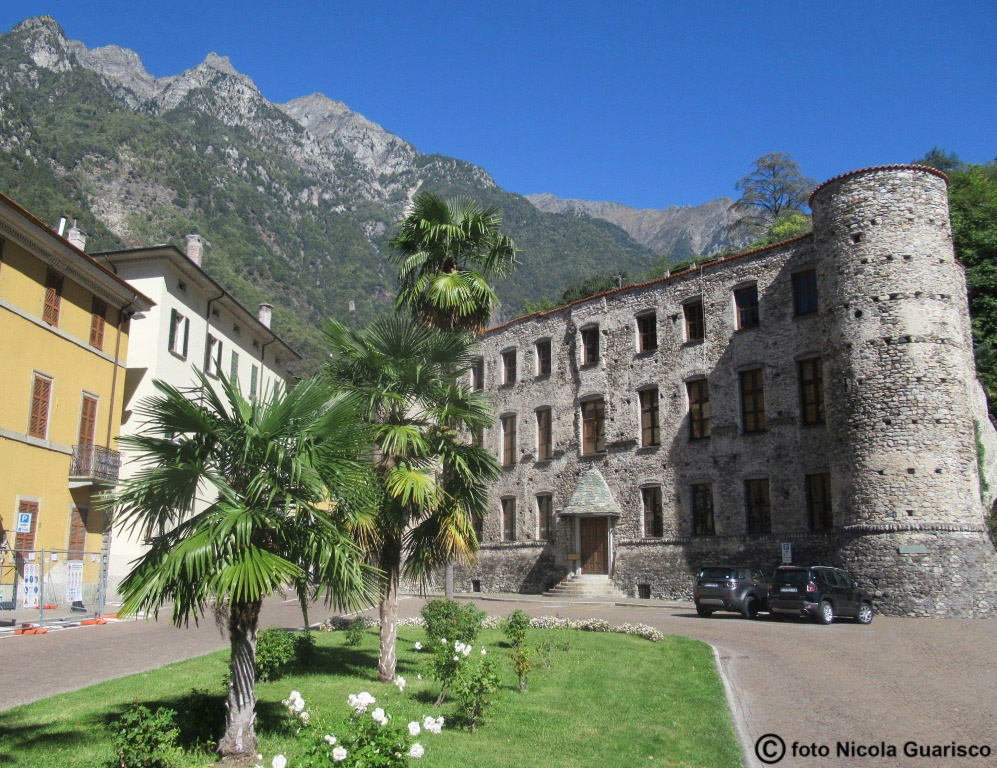 |
|
Palazzo Balbiani dates back to the 15th century and was the residence of the Balbiani counts who ruled the territory of Chiavenna (Contado) on behalf of the Visconti’s and the Sforza’s. Dismantled by the Grisons in the 16th century, Chiavenna was eventually handed over to the de Salis, a well-known Grison family, |
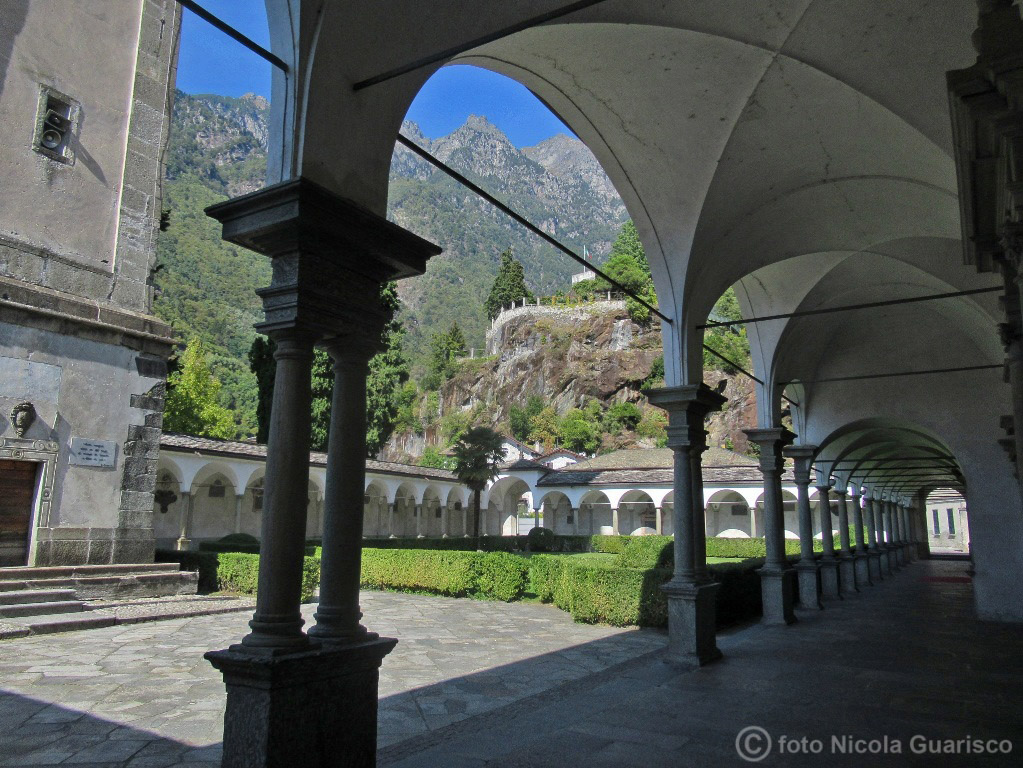
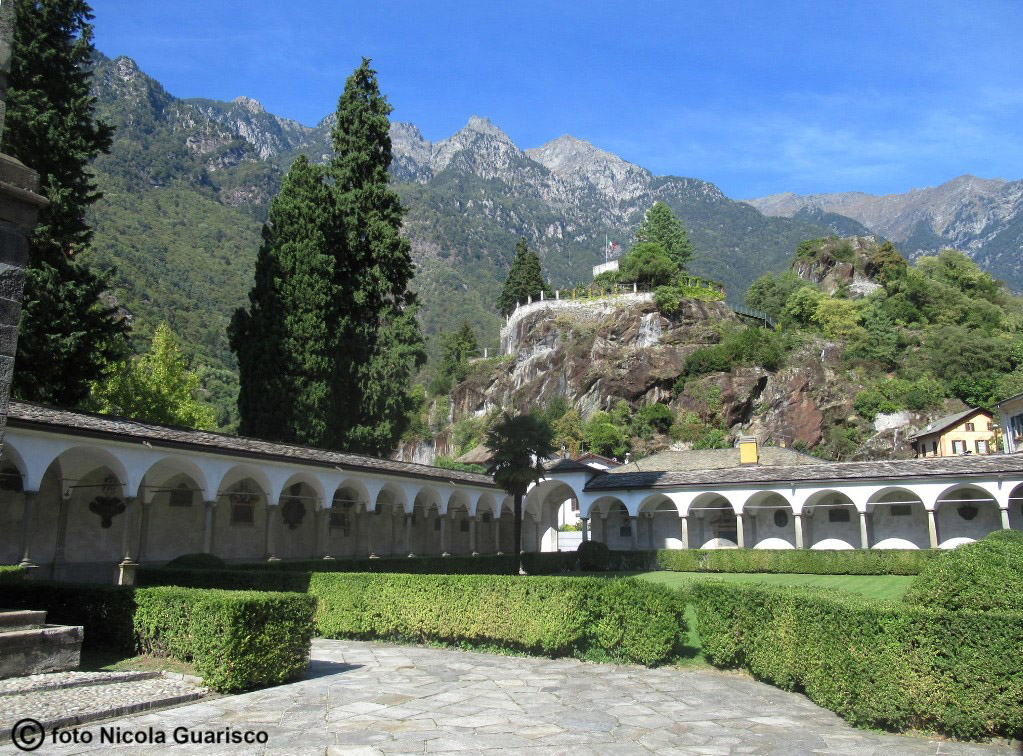 |
|
Near Palazzo Balbiani rises the Cathedral of S. Lorenzo, the town’s patron saint. It overlooks the Paradiso garden and is beautifully framed by the Alps. A magnificent setting indeed for Wagner’s Parsifal. The impressive cloister dates back to the 17th century, while the collegiate church - founded in 400 A.D. - became a basilica in 1098. It should be reminded that Chiavenna, in Roman times, was part of the territory of Como before being handed over to Milan in the late Middle Ages. Valchiavenna and Valtellina (Sondrio) still belong today to the diocese of Como. |
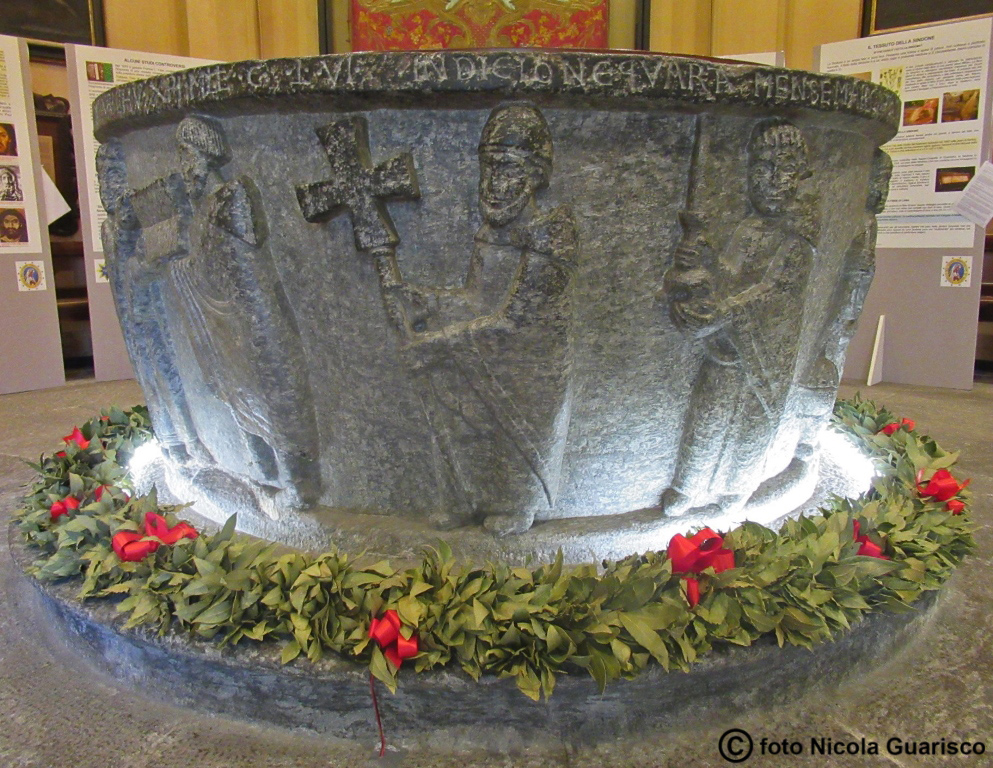
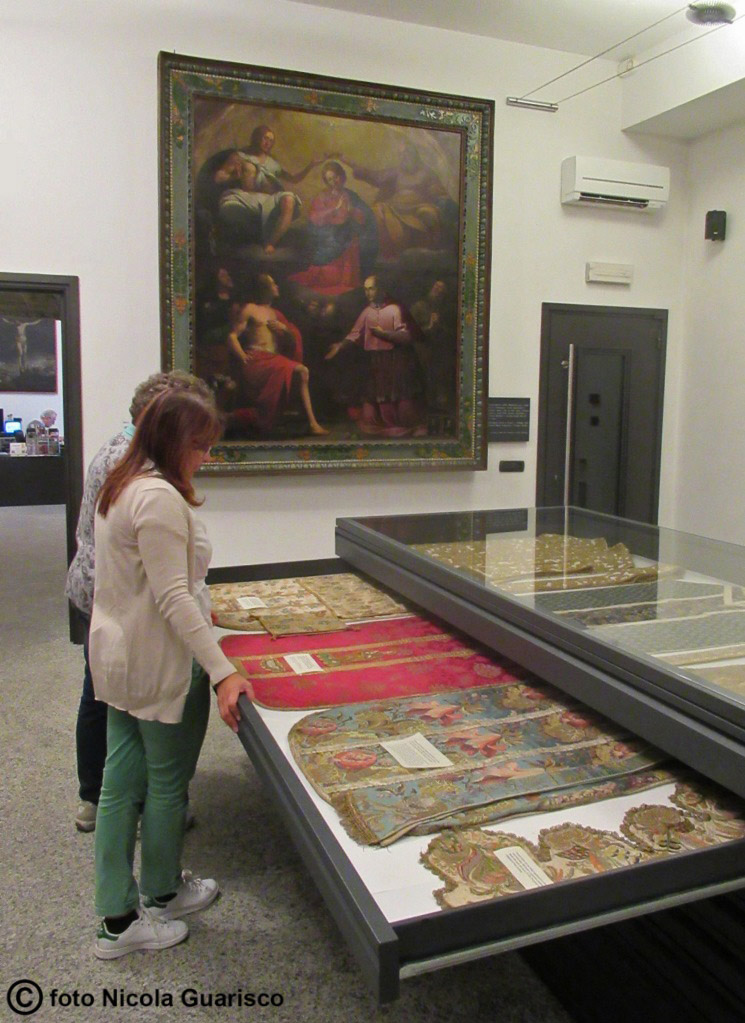
|
|
Next to the cloister are two sites of great historical relevance: the baptistery with the ancient baptismal font built in soapstone and dating back to 1156 (left), and the Treasure Museum (right), which conserves paintings, statues, fabrics, clerical clothing, a variety of precious objects and an absolute masterpiece: la Pace (Peace). |
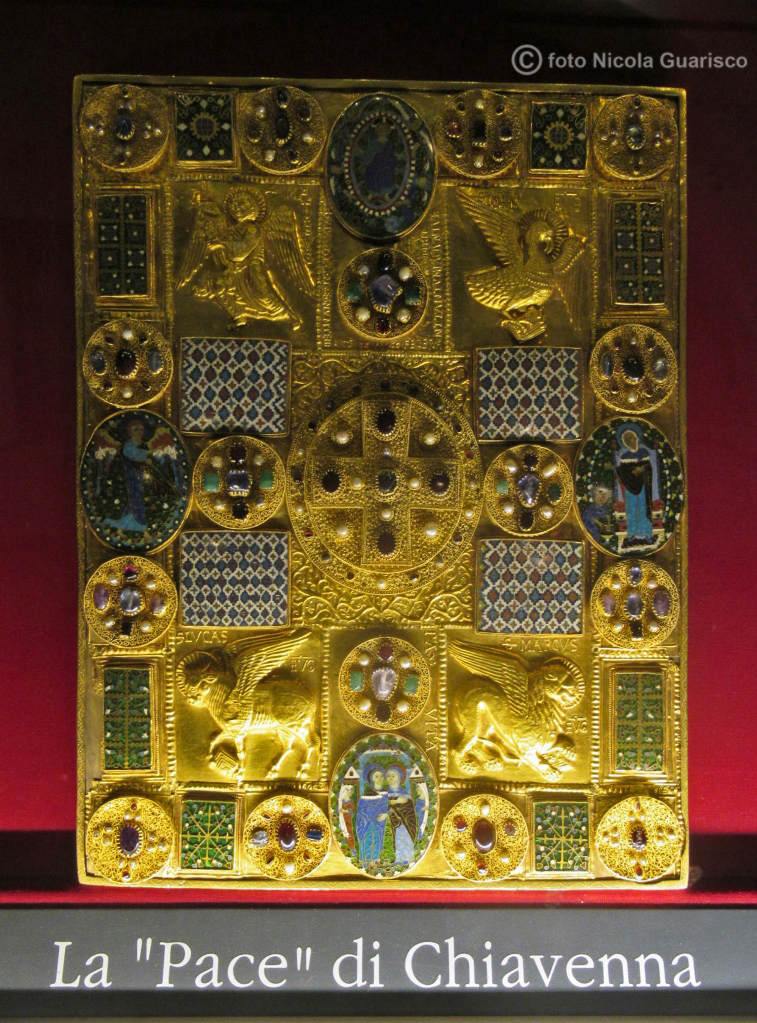
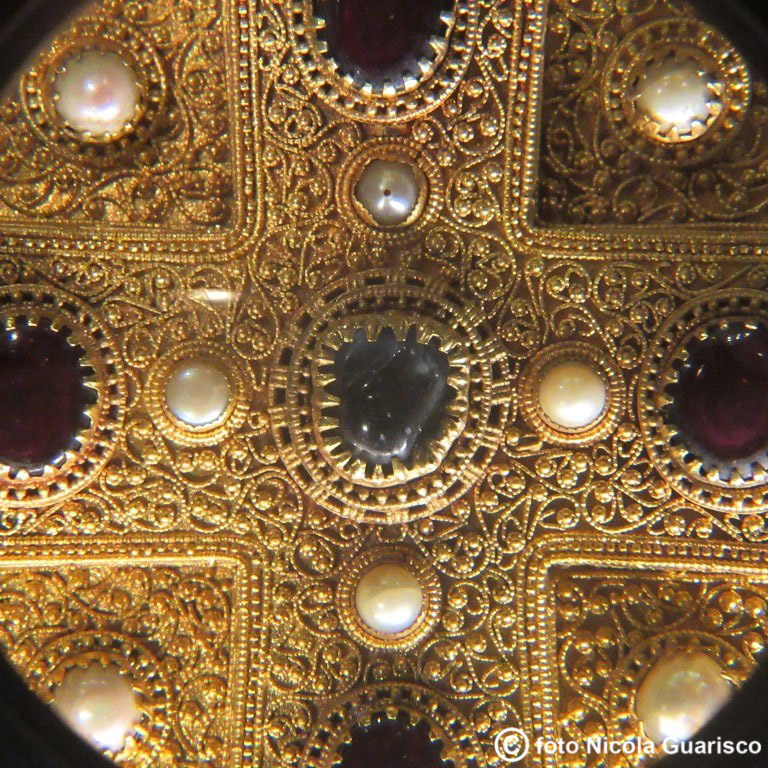
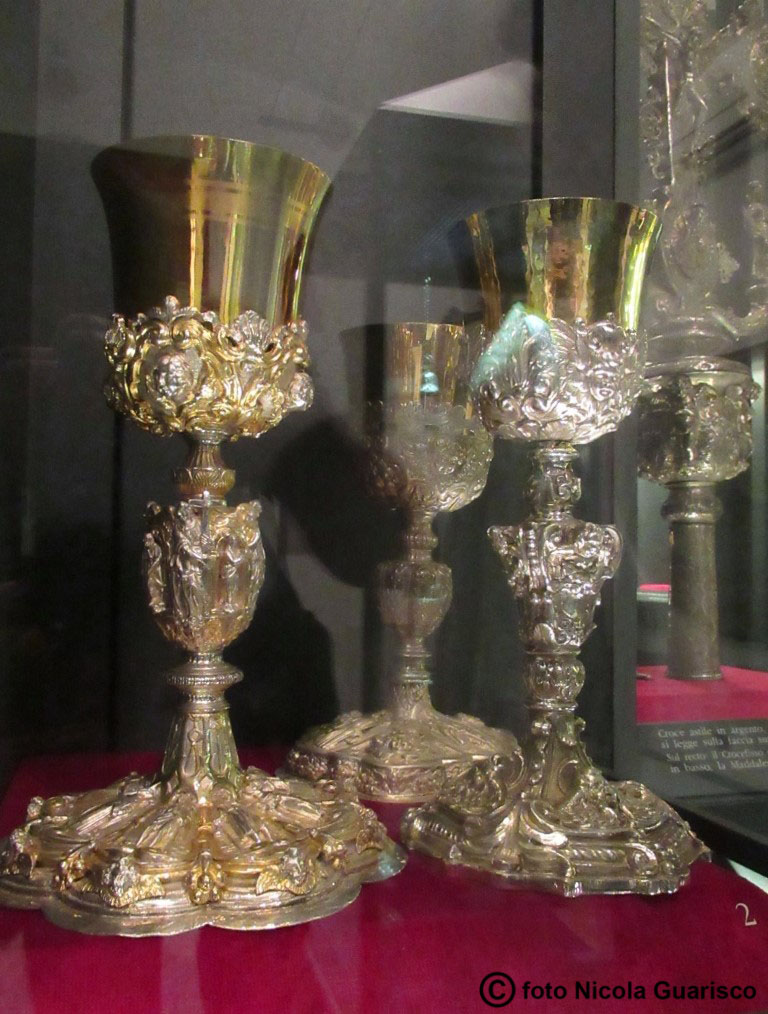
|
|
The "Peace" of Chiavenna is one of the most important pieces of medieval jewelry at worldwide level. There are no words to describe this golden masterpiece embroidered in gold filigree and studded with gems. Nobody knows who created it, nobody knows why it was found here, immersed in the solitary peace of the Alps. The Carbon-14 exam dates it back to the 11th century. It probably served as a cover for a gospel book or perhaps its name derives from the inscription "Pax Vitae" engraved on its surface. It is not excluded that it could have been Barbarossa’s gift to the city of Chiavenna, which, just like Como, was an ally of the Holy Roman Empire of the German Nation in the war against the Lombard League. Right: several golden goblets. |
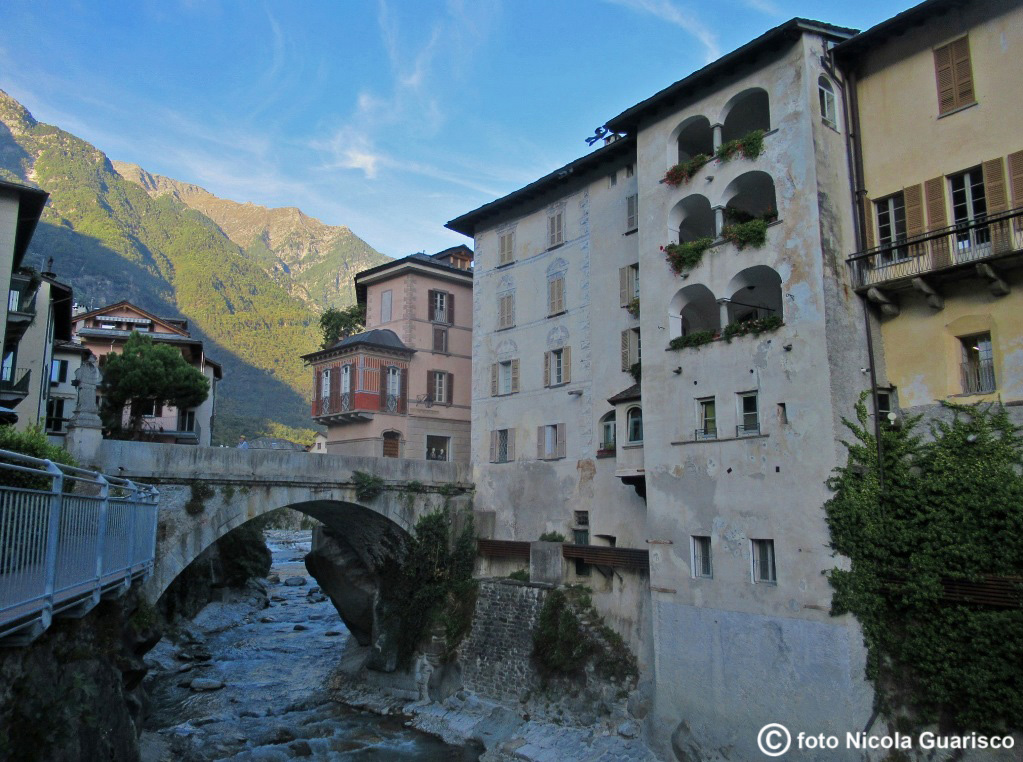
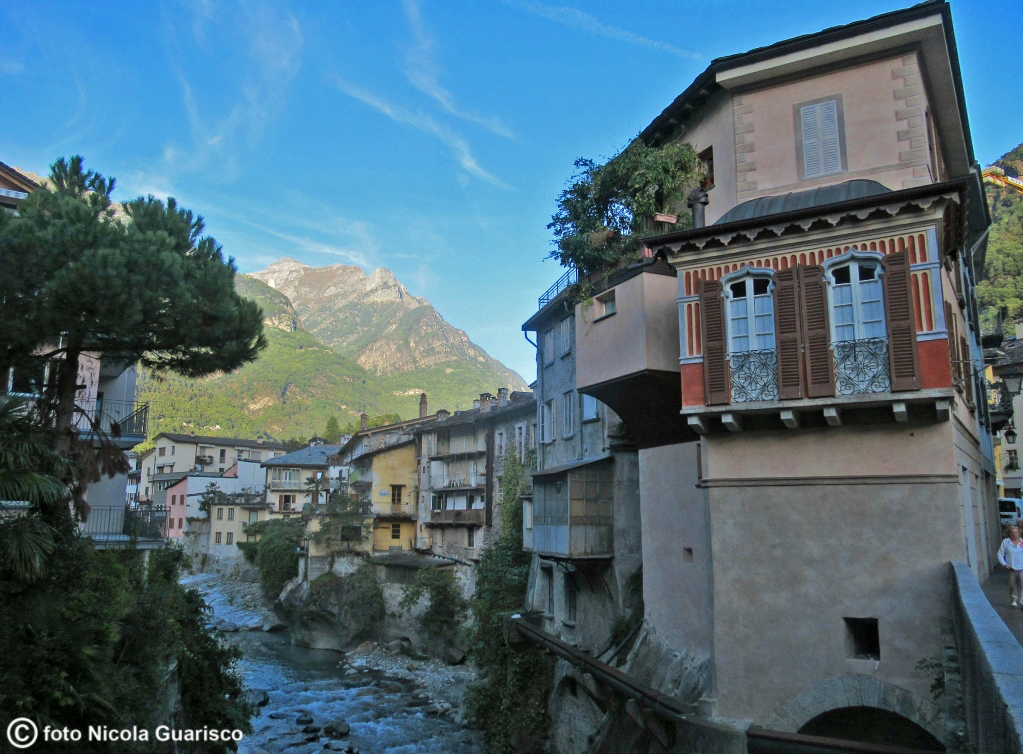 |
|
Evening shadows start to fall over Chiavenna. The most beautiful site of the historic center |
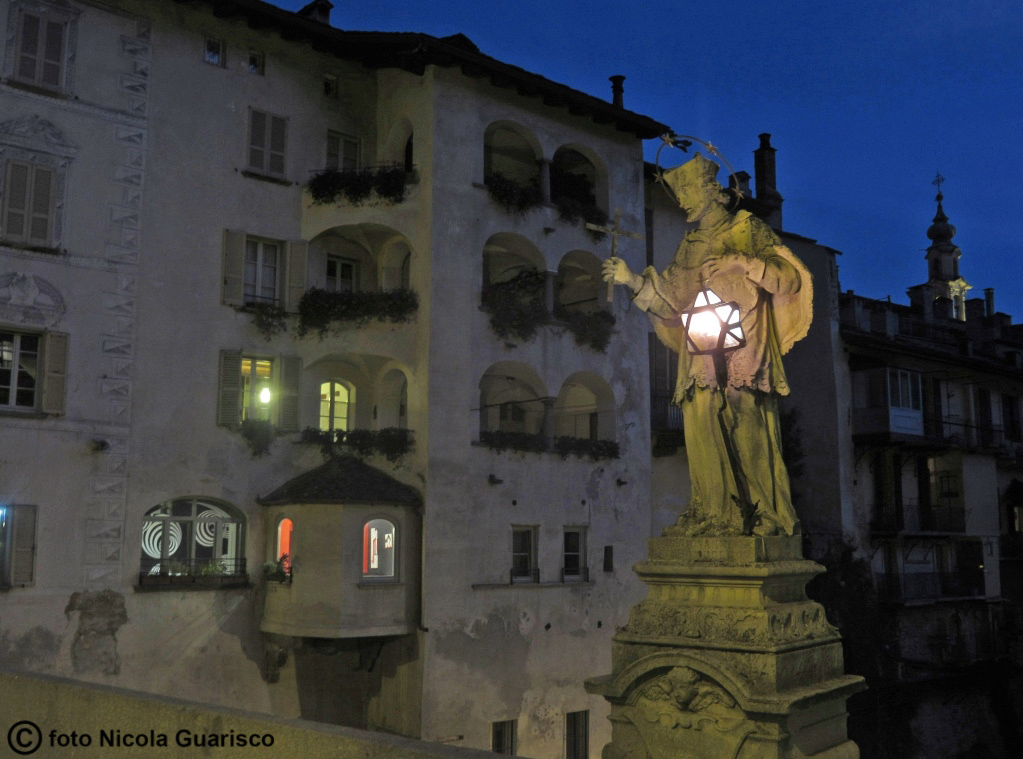
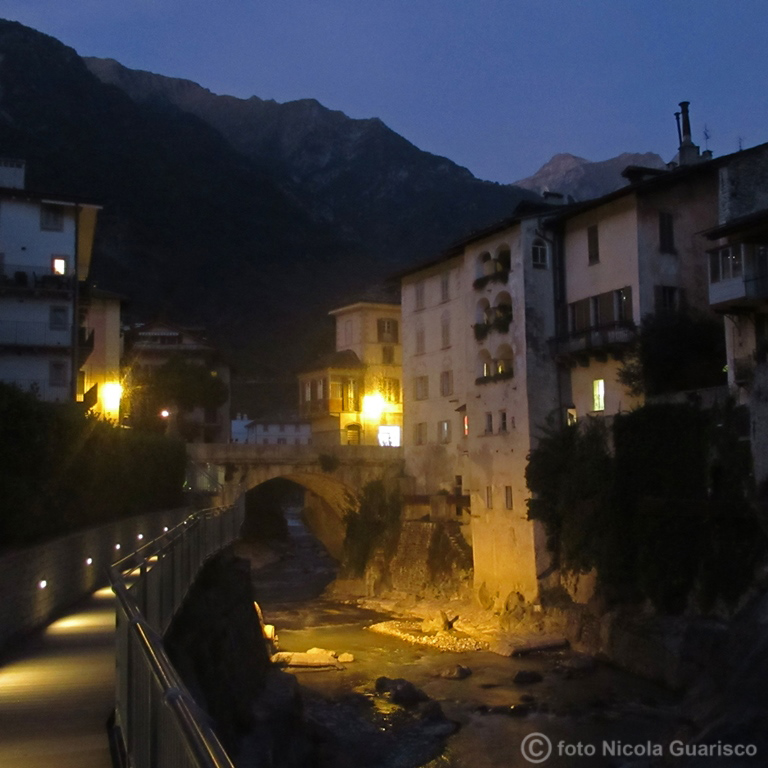 |
|
The statue of St. John of Musumenico lights up the Mera. |
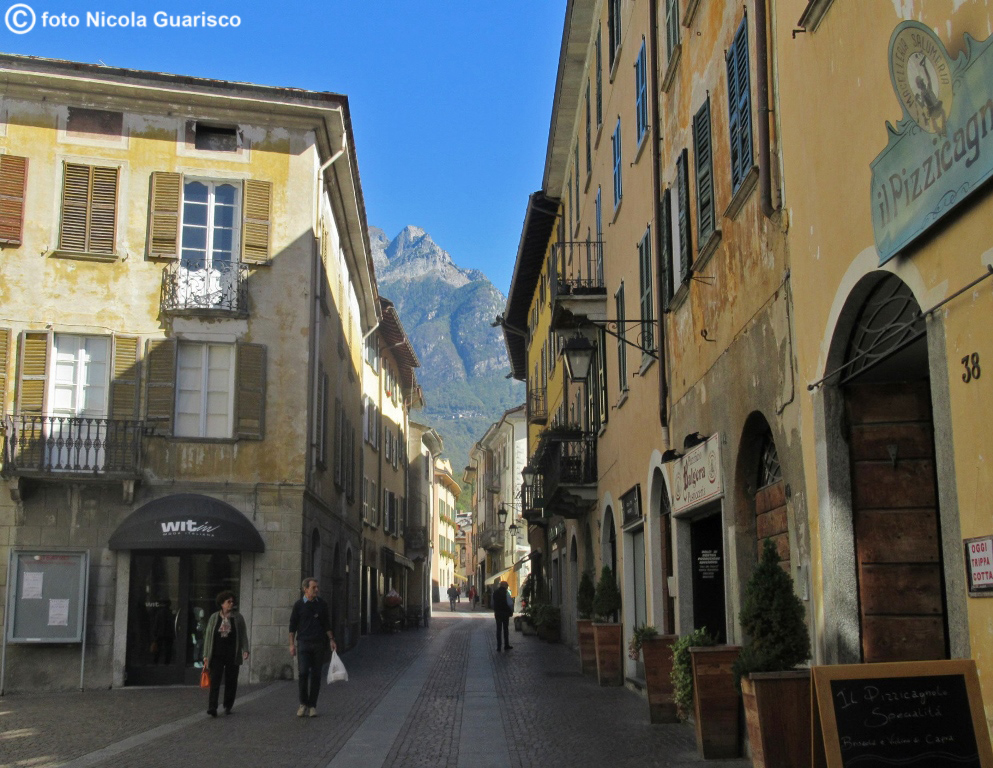
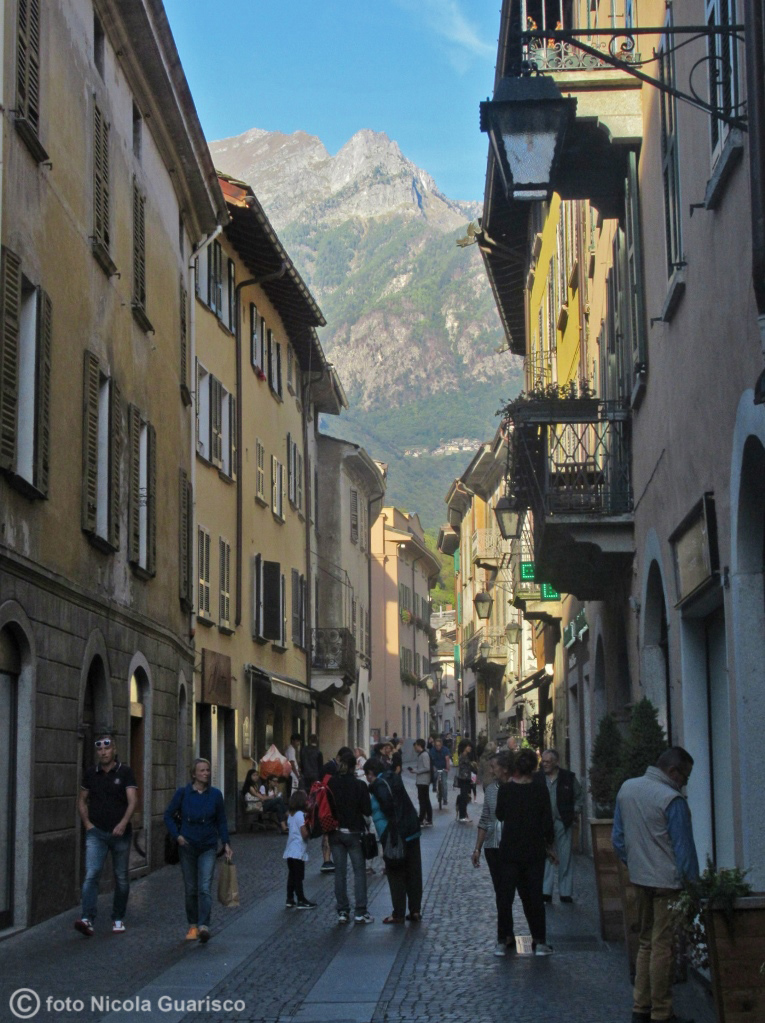 |
|
Via Dolzino. |
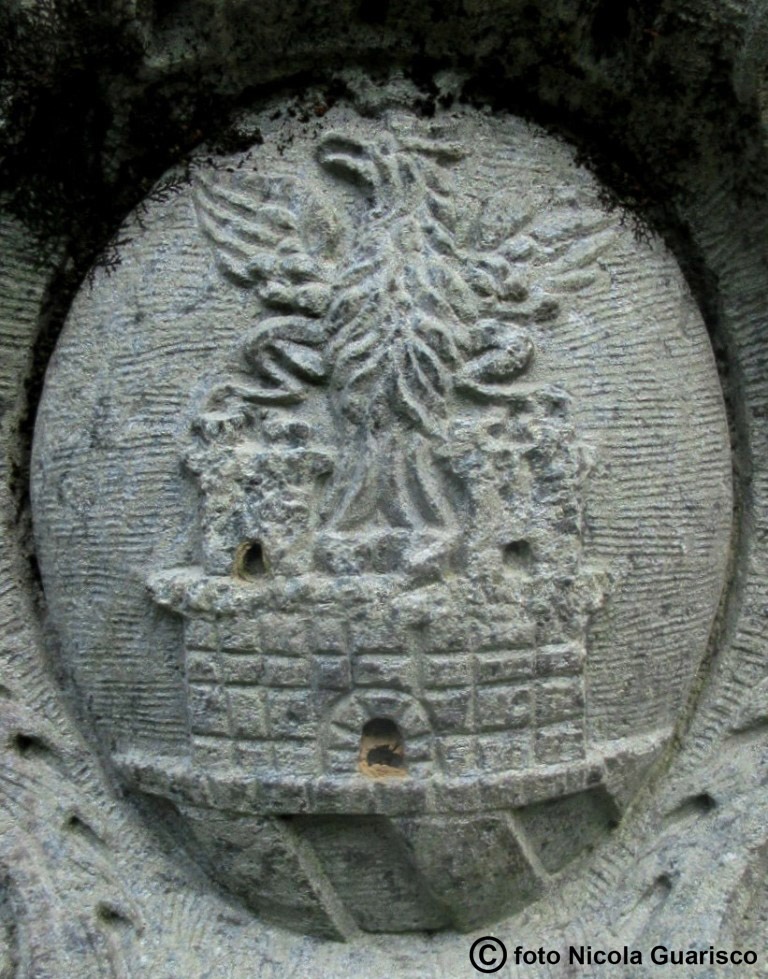
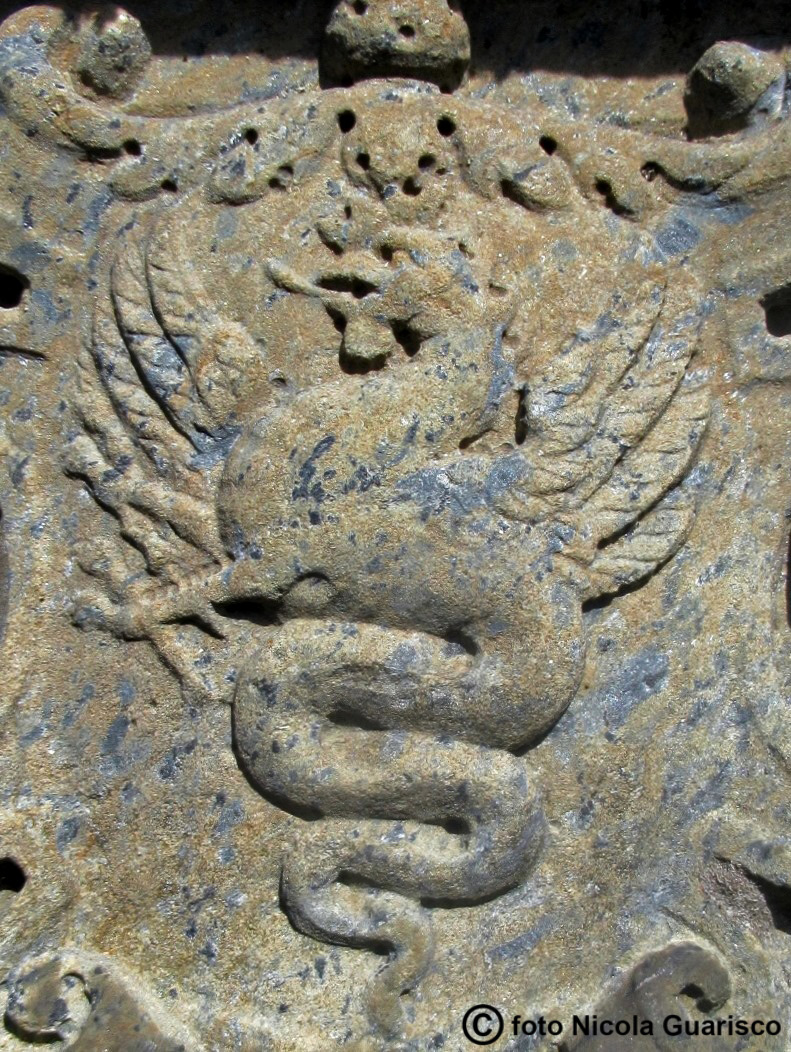 |
|
Medieval coats of arms. |
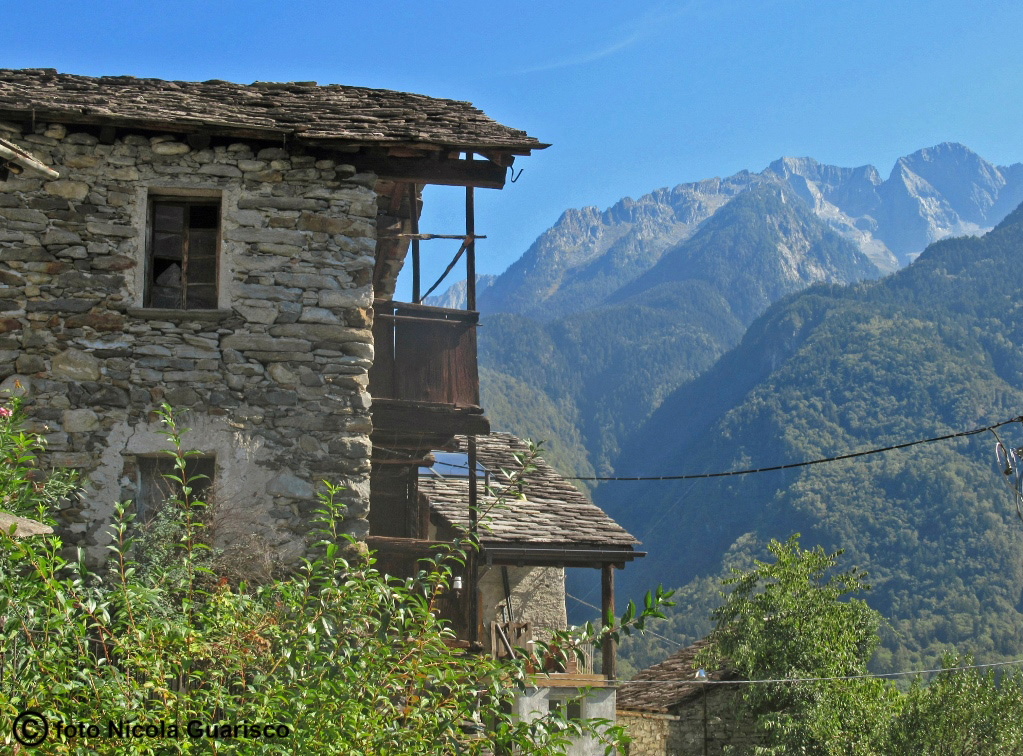
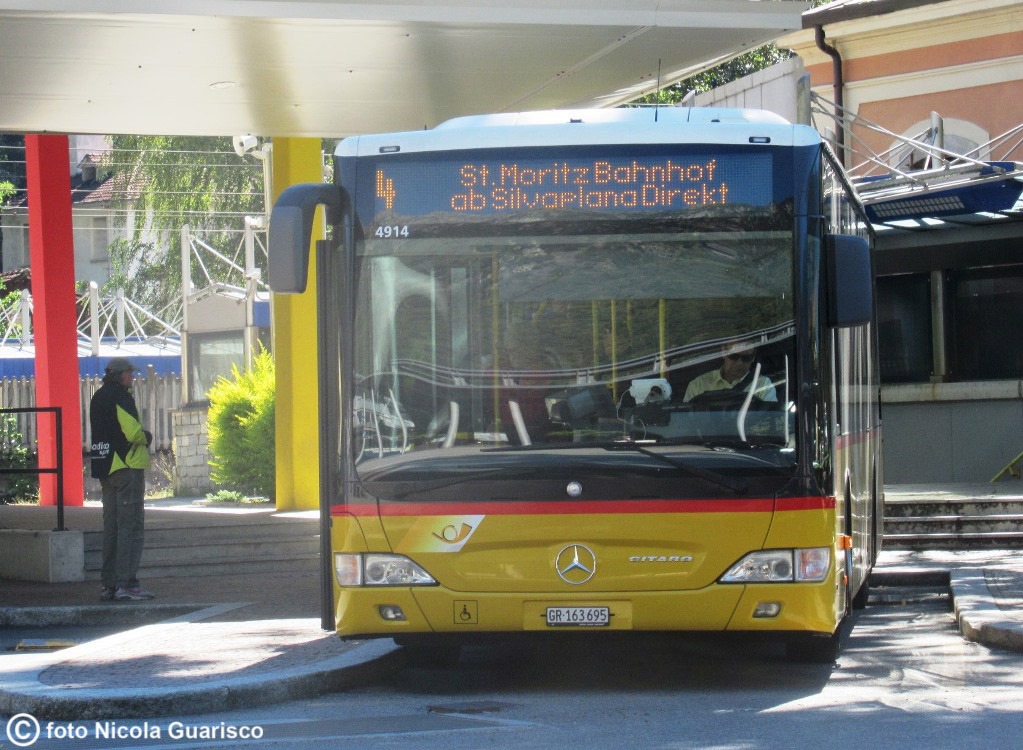 |
|
Left: the old country of Piuro. Right: the bus to St. Moritz leaves from Chiavenna and Colico. |
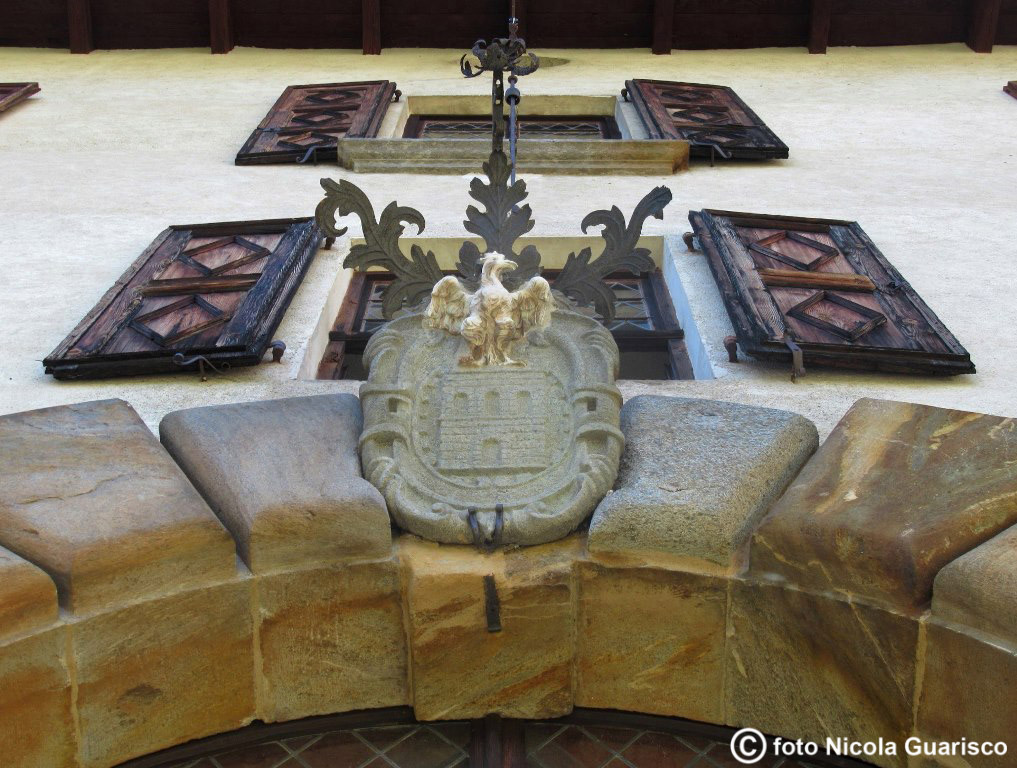
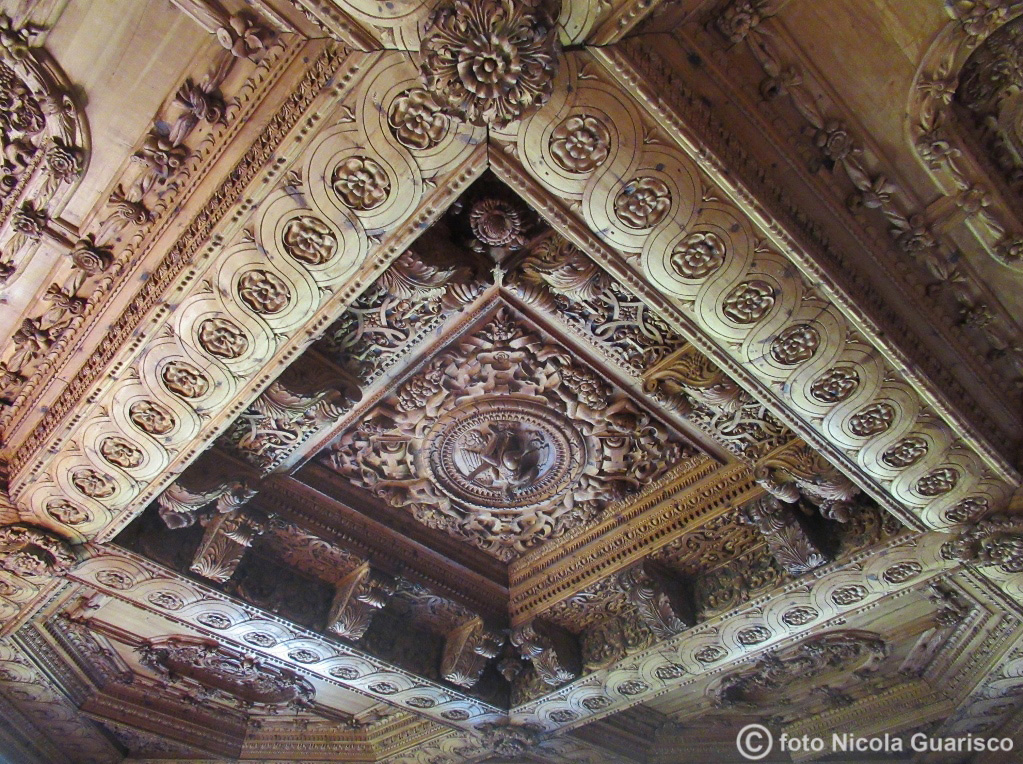 |
|
And here is Palazzo Vertemate Franchi, another jewel to be found in Chiavenna. It is one of the most prestigious Lombardian residences, located halfway between Chiavenna and the Acqua Fraggia waterfalls. The Vertemate family, of Milanese origin, extended its influence in Brianza (Vertemate con Minoprio) at Barbarossa’s time. The Vertemate family became acquainted with the Rusconi’s, a noble family from Como, who sent Ruggero Vertemate to Piuro (Valchiavenna) in the capacity as podesta’ (high official). The Vertemate’s were silk traders and knew how to exploit the strategic position of Chiavenna, known as the "key to the Alps". It is difficult to disentangle the branches of the noble families which, like a dense spider's web, became related with the inhabitants of both the northern and southern regions of the Alps: just think that the Werthemann family native to Basel descends from a branch of the Vertemate family, whereas the German branch of the Thurm und Taxis family descend from the Torriano-Della Torre family, and so on. Right: the wonderful coffered ceiling of a room, almost one meter deep. The twin of this ceiling is to be found in the Social Theatre of Como. |
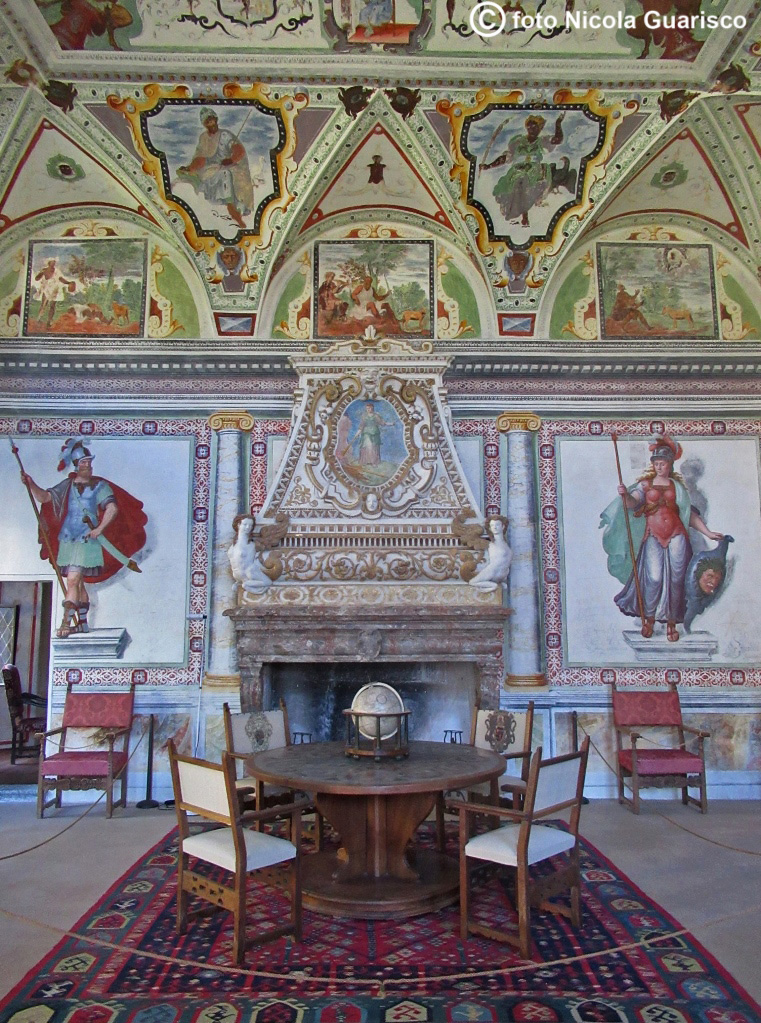
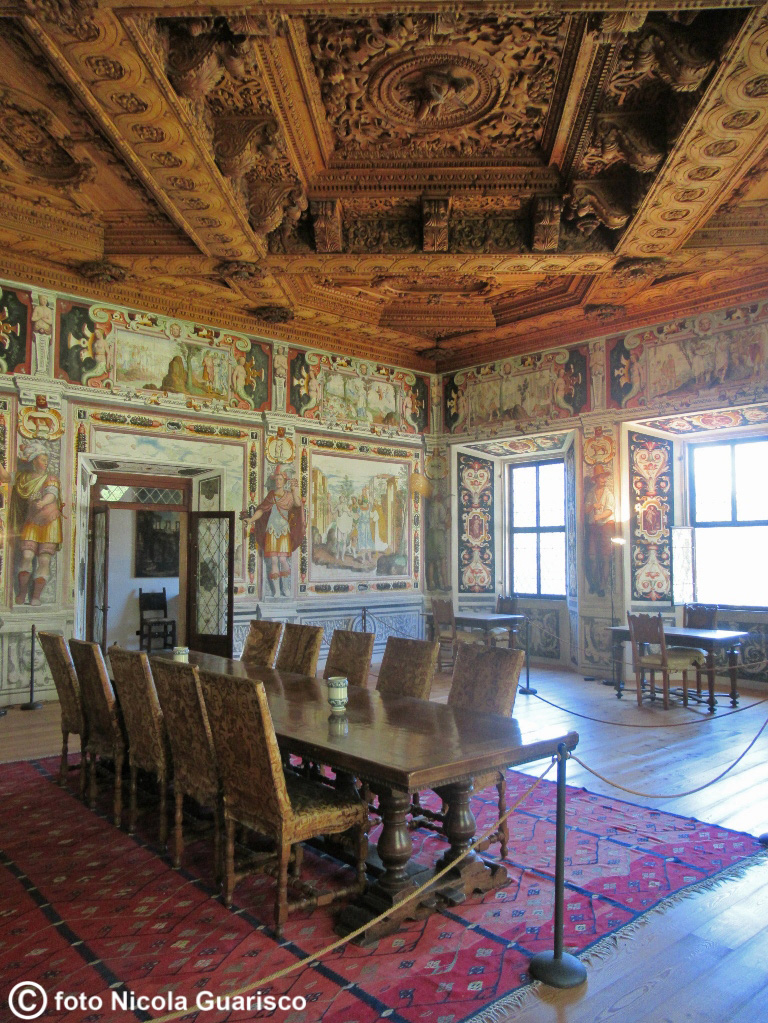
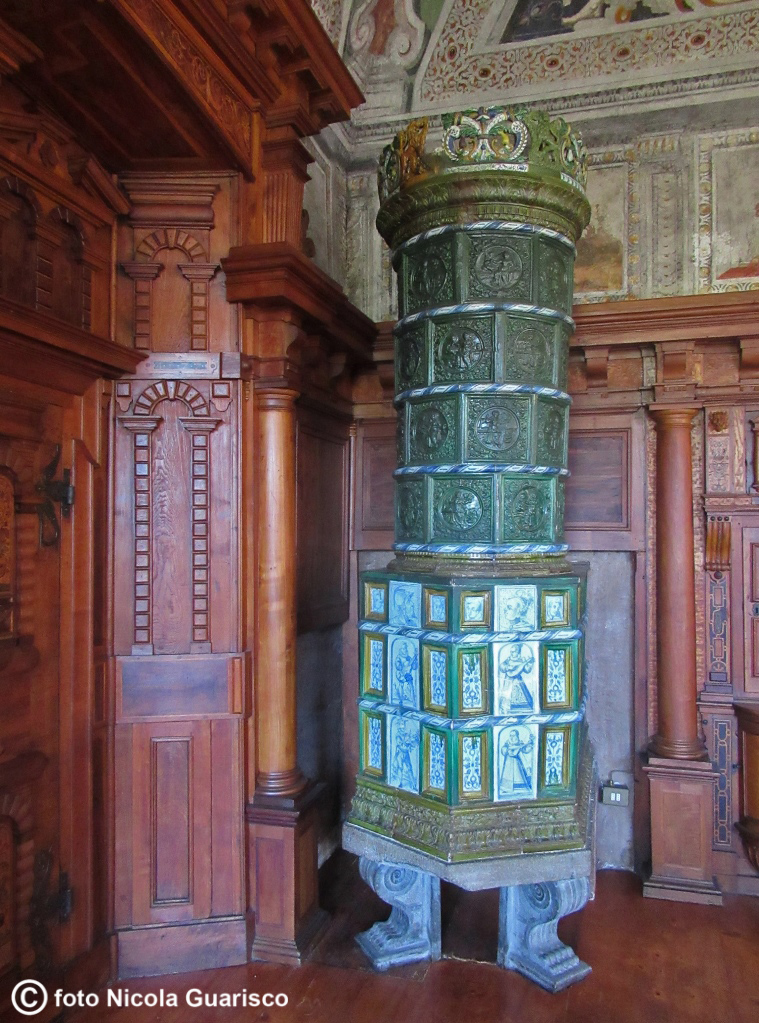
|
|
Many prestigious guests, including Ludovico il Bavaro, the poet Carducci and all the bishops of the diocese, were known to have sojourned in this magnificent 16th century palace. Napoleon was also expected to come but he changed his mind at the last minute. Right: a stove from Nuremberg. |
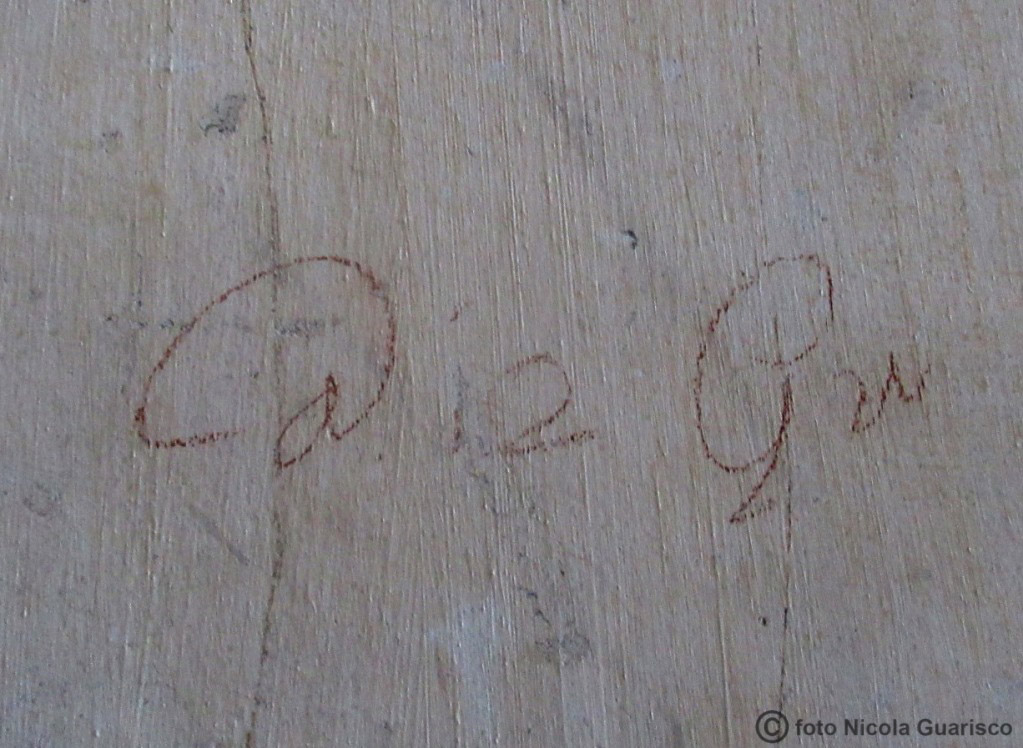
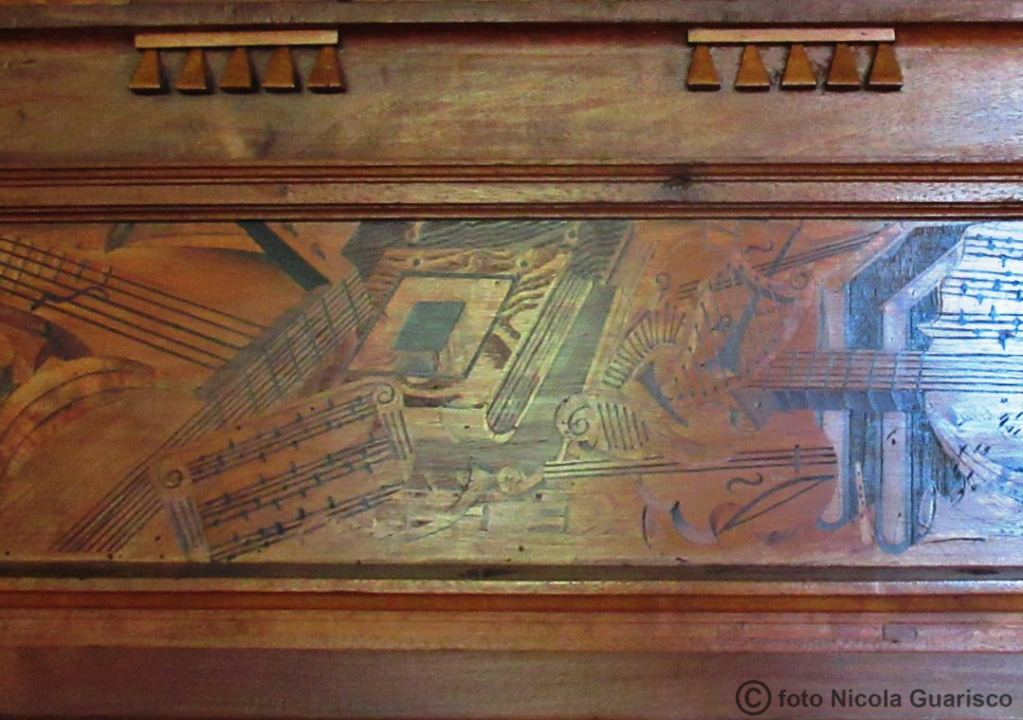
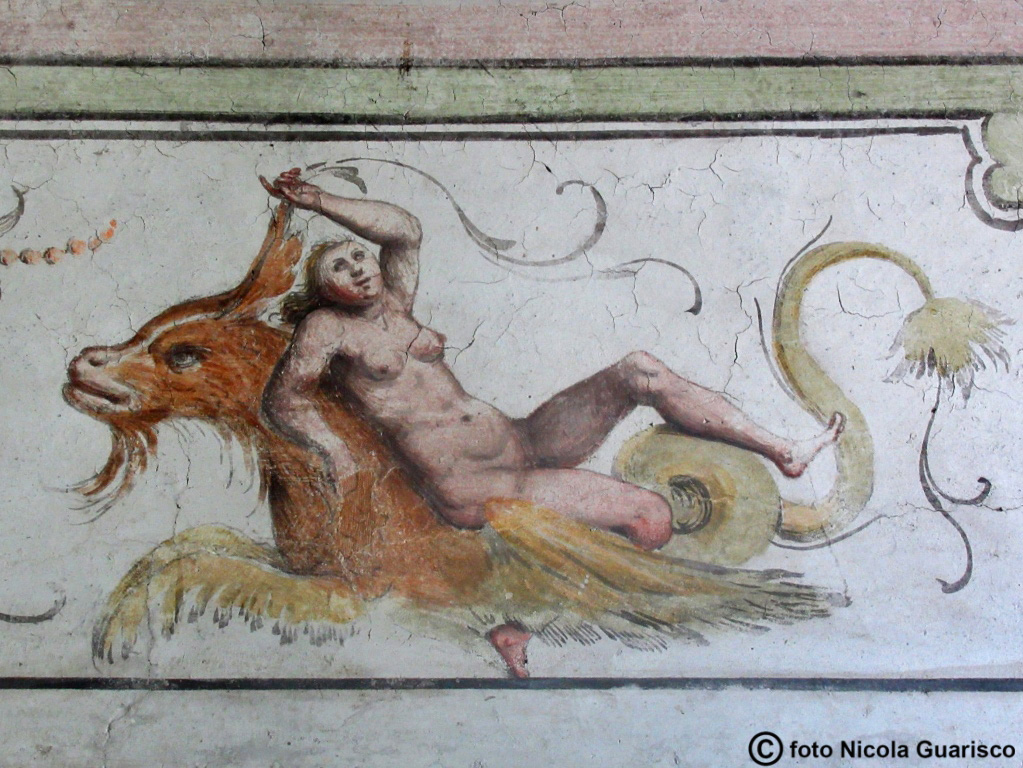
|
|
The walls bear three curious details that give a strong impression as to the evolution of history over time. |
| Sorico and Gera Lario |
